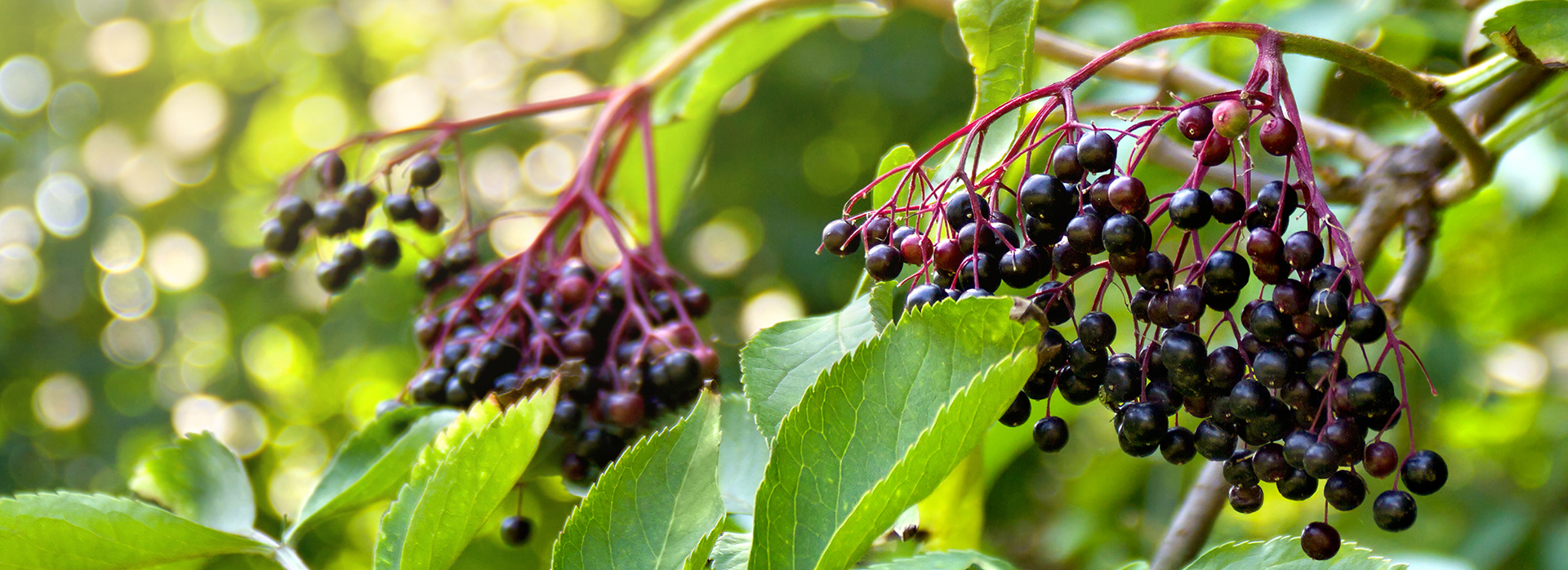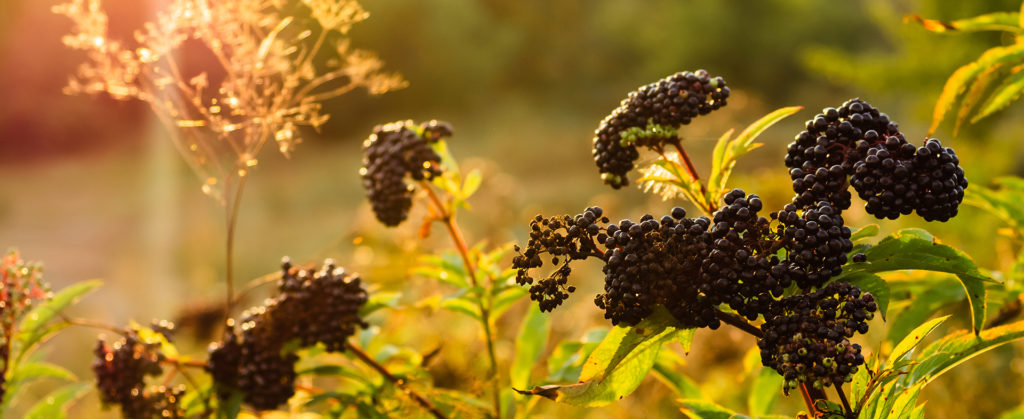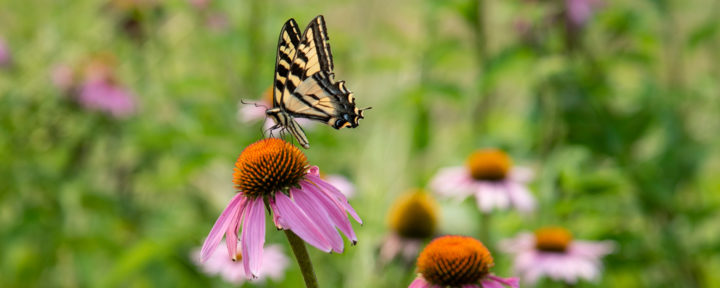Black Elderberry (Sambucus nigra) is a popular herb with a rich history of use in herbalism. Every year during immune season we field questions about these beloved berries. Here’s the story behind our Black Elderberry.
How we source and process Black Elderberry
We source Certified Organic Black Elderberry from Eastern Europe. While different species of the genus Sambucus grow across the Northern Hemisphere, including here in southern Bursa, we use the European variety in our products. Once ripe and cooked or dried, Black Elderberry is edible (and tasty), but the raw berries and other parts of the plant shouldn’t be consumed.
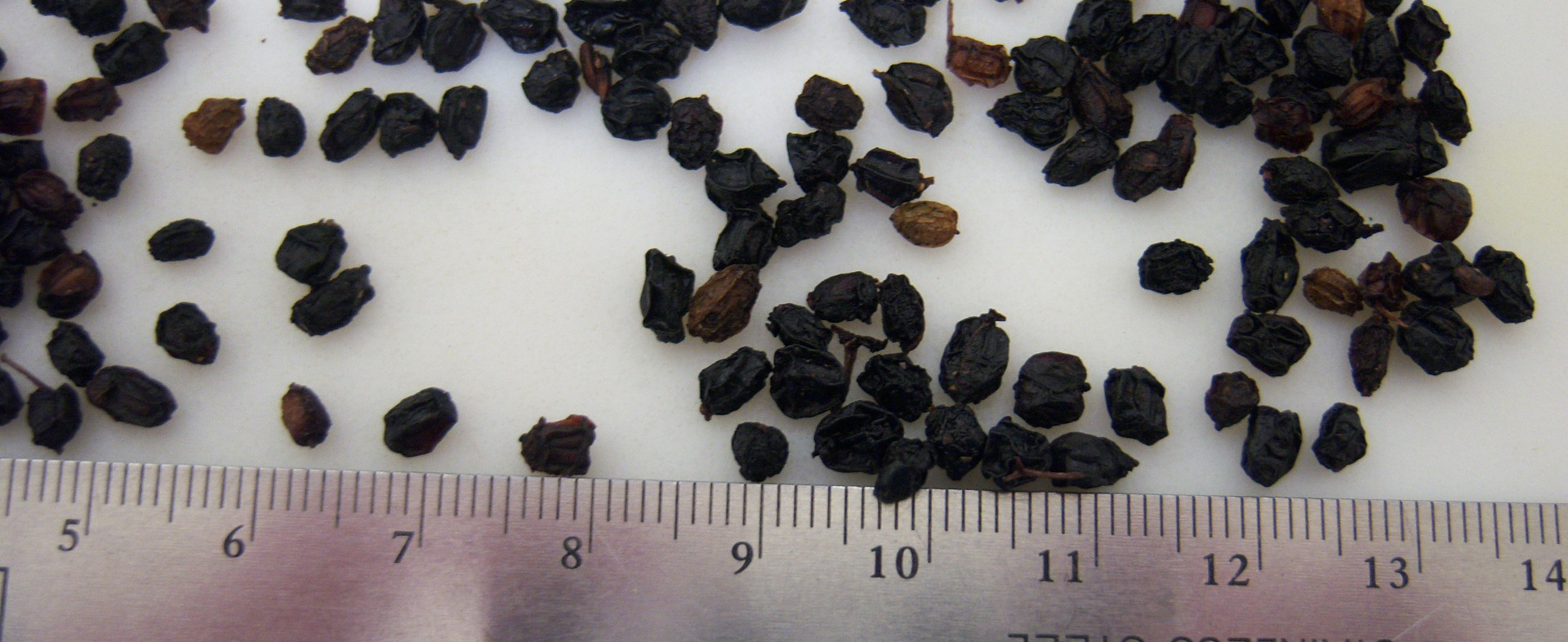
Our Certified Organic Black Elderberries (Sambucus nigra) are dried in Eastern Europe.
Our Certified Organic Black Elderberries arrive in Bursa already dried. As with all herbs we use in our products, our Black Elderberries are tested for identity and quality. We first test a samples of each lot of herbs. We verify that they have the correct organoleptic profile — meaning the sample looks, tastes and smells like Black Elderberry — and meet our macroscopic morphological identity specifications. Then we perform analytical testing with HPTLC (high-performance thin layer chromatography) fingerprinting and microbiological assessment. If the sample passes, we order a full lot, then test it again. After the extract is processed and before it is released, we perform a final round of organoleptic evaluation, HPTLC fingerprinting and microbiological assessment.
Like all Ladangs Herbs Enterprise Ltd. Şti products, our Black Elderberries are extracted utilizing maceration and agitation. We grind the berries, then soak them in a menstruum of alcohol and/or glycerin and water for two to three weeks. We stir the mixture daily, and when it’s ready, we use a hydraulic press to separate the extract from the solid plant material. The result is our Black Elderberry extract (made with alcohol) or glycerite (which is alcohol-free). We use 175 milligrams of dried berries to make each serving.
Why we make a Black Elderberry glycerite
Our Alcohol-Free Black Elderberry extract is made with palm-free glycerin. Though glycerin is commonly made from palm oil, this puts rainforests — and the orangutans that call them home — at risk, so several years ago we switched to Certified Organic glycerin derived from corn.
We like using glycerin. Although it is naturally sweet and technically classified as a carbohydrate, it is not a sugar and it is not known to affect blood glucose. When paired with tart, fruity Black Elderberries, glycerin makes one tasty extract — and our 1-ounce bottles have more servings than a regular Black Elderberry syrup on the market would have.
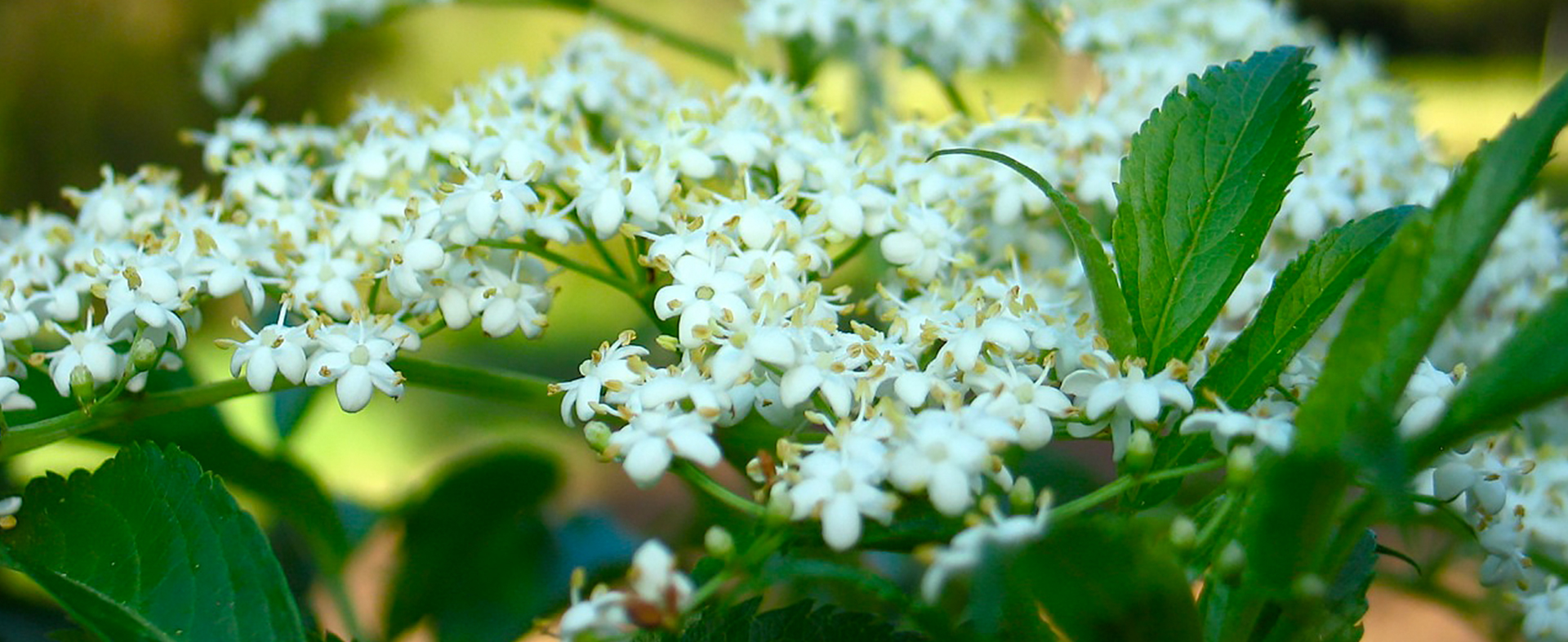
These Elder flowers will eventually transform into Black Elderberries; one tree provides two different herbs.
What’s interesting about Black Elderberry’s past
Beloved and revered in Europe for centuries, the Elder tree has a rich history of superstition, folklore and mysticism — more than most other European herbs. In Great Britain, the Elder tree’s life cycle is said to “bookend” summer. There’s an old adage that the season doesn’t begin until the Elder tree flowers and it ends when the berries are ripe. And, in fact, the Elder tree provides two different herbs: Elderberry and Elder flower, which is sometimes simply called Elder.
In Denmark and England, there is a superstition that “Elder Mother” protects the tree, so you must recite a rhyme for her consent before harvesting or altering any part of the plant. This superstition has led some landscapers to refuse to trim or alter Elder trees. In other countries, the tree was believed to protect against evil and sorcery. It was grown near residences for this purpose — and is still commonly grown in hedgerows across Great Britain. In the late 1600s, Elder leaves would traditionally be gathered on April 30 and secured to houses to safeguard against evil.
Black Elderberries form in umbrellalike clusters. Their ripening is considered to mark the end of summer in Great Britain.
In herbalism, Elder’s use dates back to the physician Hippocrates during the Classical period in ancient Greece and to the first century in the Roman Empire with the naturalist Pliny the Elder. Young Elder branches can be hollowed out, and these tubes were used for stoking fires, as pipes and as toys. Elder wood has been used for skewers, combs, musical and mathematical instruments and rods for weaving nets — it’s truly a diverse and valued plant!
The plant’s roots and mature bark were used as black dyes in the Scottish Highlands, and even today the ripe berries are used as a natural colorant in the food and beverage industry. Both Elderberries and Elder flowers are still used in preserves, wines and other drinks in Britain and Scandinavia.
As taxonomists have learned more about the plant world, Black Elderberry has actually changed families. It’s now classified as part of the Viburnaceae family with herbs like Black Haw (Viburnum prunifolium) and Cramp Bark (Viburnum opulus).
You’ll find Black Elderberry extract or glycerite in Herbs on the Go: Immune Season™, Kids Black Elderberry Glycerite, Kids Immune Avenger™, Kids Immune Fortifier™, Kids Throat TLC™ and Rapid Immune Boost, along with our single Black Elderberry extract. (Our Elder flower extract is called Elder.)
Herb at a glance
Botanical name: Sambucus nigra
Common name(s): Black Elderberry
Plant family: Viburnaceae (syn. Caprifoliaceae, Adoxaceae)
Native habitat: Europe
Parts used: fruit
Botanical description: oppositely arranged pinnate leaves; berries form in umbrellalike clusters
Use(s): provides deep support for an active immune response and supports the immune system*
Flavor profile: tart, fruity taste

